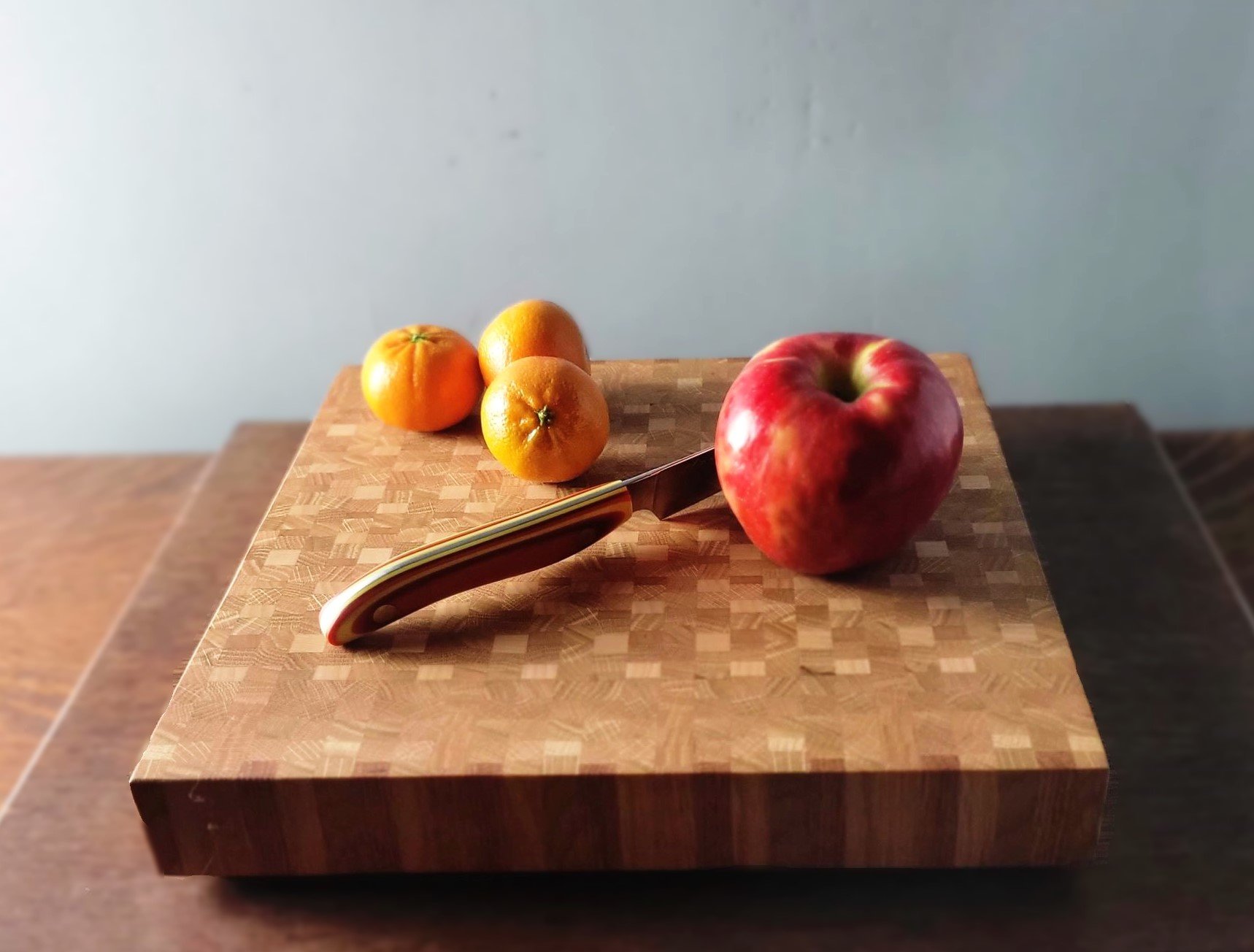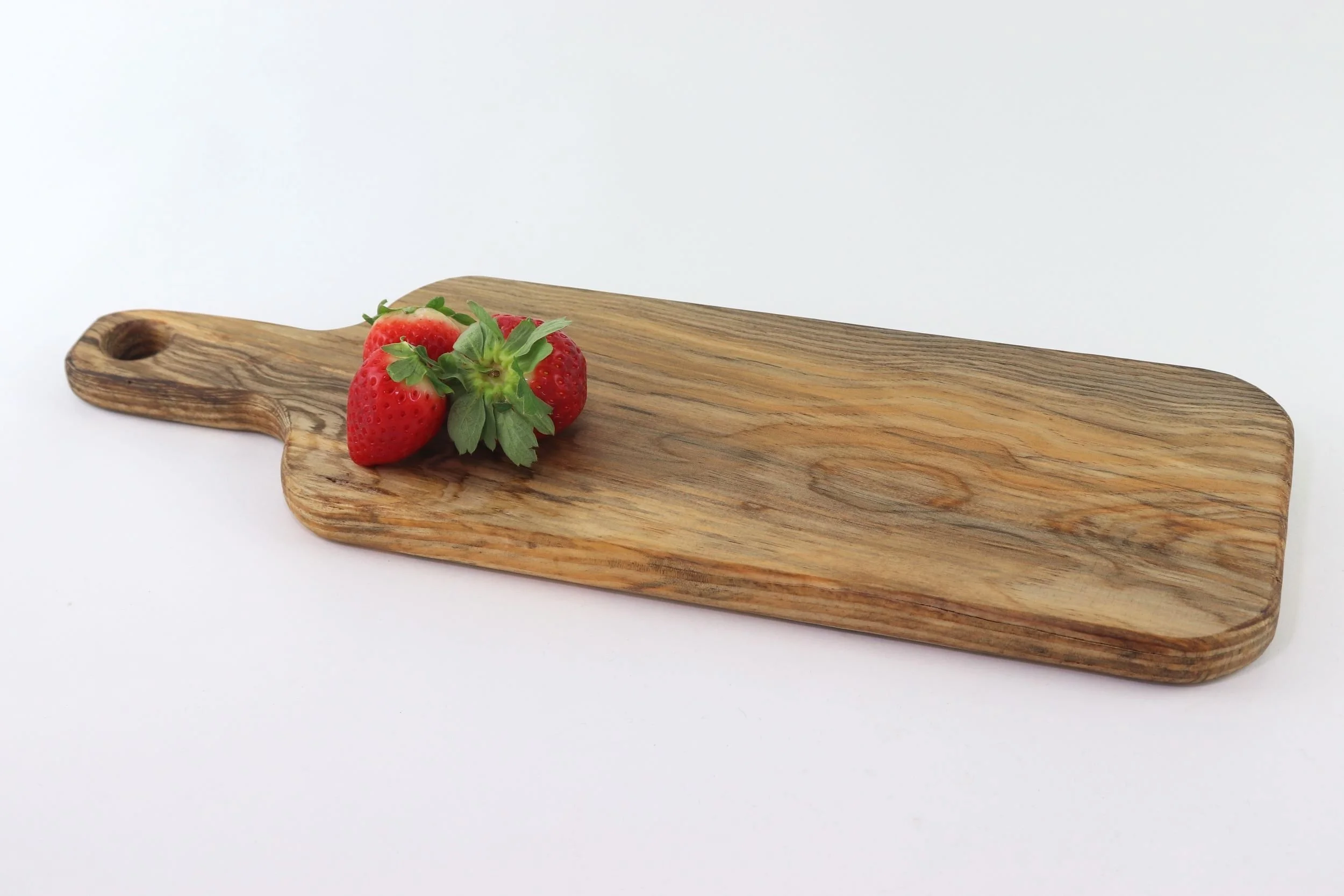Two Types of Wood Cutting Board
Unveiling the Culinary Elegance: The Undisputed Superiority of Wood Cutting Boards
In the bustling world of kitchen essentials, the cutting board stands as an unsung hero, witnessing the symphony of chopping, slicing, and dicing that gives life to every culinary creation. As we navigate the aisles of kitchen stores, a myriad of materials greets us—wood, stone, glass, plastic—all vying for a place in our kitchens. However, it's the timeless elegance and functional prowess of wood cutting boards that truly set them apart, earning them the unwavering preference of professional chefs, butchers, and home cooks alike.
The Versatility of Wood:
When it comes to cutting boards, wood emerges as the quintessential choice for several compelling reasons, transcending the limitations posed by alternative materials.
Natural Bacterial Resistance:
Wood, with its inherent antimicrobial properties, stands as a fortress against bacteria. Unlike plastic, glass, or stone counterparts, wood naturally resists the proliferation of harmful microorganisms, providing a hygienic and safe surface for food preparation.
Exceptional Durability:
The longevity of a kitchen essential is a key consideration, and here, wood reigns supreme. With the right care, a well-crafted wood cutting board can endure for an impressive 30 years or more. This remarkable lifespan outshines the relatively shorter tenures of plastic, glass, or stone alternatives.
Knife-Friendly Surface:
Professional chefs and culinary enthusiasts value their knives as indispensable tools. Wood, being gentle on blades, ensures that knives maintain their sharpness over an extended period. Unlike plastic or glass, which can hasten knife dulling, wood provides a supportive surface for precise and efficient cutting.
Exploring the Wood Grain:
Within the realm of wood cutting boards, two distinct types—end grain and side grain—offer unique characteristics, catering to different culinary needs.
End Grain Cutting Boards:
Imagine a cutting board where the surface mirrors the end of a piece of wood, a captivating display of wood grain intricacies. End grain cutting boards, favored by professional chefs, butchers, and discerning cooks, stand out for their remarkable qualities.
Natural Antimicrobial Properties:
End grain boards possess inherent antimicrobial properties, creating a naturally hygienic surface. This makes them ideal for tasks requiring repetitive cutting and chopping, ensuring a clean and safe food preparation environment.
Resilience and Self-Healing:
The end grain fibers of hardwood boards exhibit a unique resilience, bouncing back into place and self-healing after each cut. This characteristic not only enhances durability but also maintains the pristine appearance of the board over time.
Versatility in Use:
Despite being heavier than their side grain counterparts, end grain cutting boards excel in versatility. They are well-suited for chopping or cutting any culinary ingredient, making them an indispensable companion in professional and home kitchens alike.
End Grain Cutting board
Beauty and longevity in your kitchen
Side Grain Cutting Boards:
In contrast, side grain cutting boards showcase the cutting surface along the wood grain, offering a durable yet distinct experience.
Ideal for Lighter Tasks:
Side grain boards, often lighter in weight, find their niche in lighter cutting tasks. Perfect for desserts, fruits, and cheeses, these boards retain the durability of wood while catering to specific culinary needs.
Aesthetic Variety:
The marketplace boasts a diverse array of side grain cutting boards, often featuring unique shapes and decorative handles. While they may be lighter, their aesthetic appeal adds a touch of artistry to the kitchen.
Affordability and Accessibility:
Side grain cutting boards are typically more accessible and budget-friendly, making them an excellent choice for those seeking the warmth of wood without the investment required for their end grain counterparts.
Side Grain Cutting Board
Versatile, Affordable, Beautiful
Investment in Longevity:
While end grain cutting boards may command a higher price, the investment proves worthwhile when considering their sturdiness, hardwood composition, and longevity. A well-maintained end grain board can outlast its side grain, plastic, or glass counterparts by a significant margin—5x to 10x longer.
In the grand tapestry of culinary tools, wood cutting boards stand as an embodiment of elegance, versatility, and longevity. Their natural resistance to bacteria, exceptional durability, and knife-friendly surfaces make them the preferred choice for those who take pride in their craft. Understanding the nuances between end grain and side grain boards empowers you to choose the perfect companion for your culinary journey. As we continue to unravel the mysteries of the kitchen, let us celebrate the enduring charm of wood cutting boards—a timeless testament to both artistry and functionality.
Grayhill Woodworking offers a variety of end grain and side grain cutting boards. Our current selection can be found here. Our selection and product offerings are updated weekly, so check back often for updates and availability. If you have a specific product you would like crafted, reach out directly via our “have it made” page. We would be happy to create the perfect cutting board or other wood product to suit your needs
Want to know the best way to clean your wood cutting board? Find out on our blog “How to Care for a Wood Cutting Board”.


